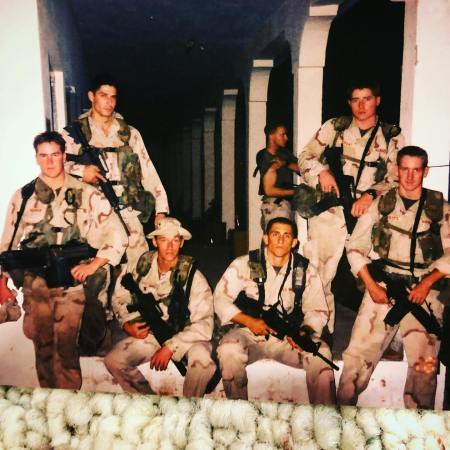Sometimes, the best way to get troops where they need to be is to drop ’em out of the sky. When you think parachute insertion, you likely envision a massive cloud of paratroopers, like those seen in Band of Brothers. However, that approach may not be the best in all situations. In fact, sometimes, it can be deadly. Here are some of the risks of making combat HALO jumps. HALO stands for High Altitude Low Opening and these jumpers are straight-up brave.

PJs from Air Force Special Operations Command carry out a High-Altitude Low-Opening jump in support of Operation Enduring Freedom.
(U.S. Air Force Photo by Staff Sgt. Jeremy T. Lock)
A risky ride down
As the song “Blood on the Risers” so graphically explains, the massive airborne jumps are usually conducted via use of a static line that automatically opens the parachute. The very real problem, though, is that the transport has to fly relatively low, rendering it vulnerable to anti-aircraft fire. The paratroopers are vulnerable, too, as they make a slow descent.

Honduran Special Forces Operators from the 15th Fuerzas Especiales Battalion and Green Berets from 7th Special Forces Group (Airborne) maneuver under a canopy in formation towards the drop zone after conducting a high altitude low opening parachute jump (HALO) at Soto Cano Air Base, Honduras.
(U.S. Army photo by Spc. Steven K. Young)
Getting into a defended area
So, what do you do when you need to get troops into a defended area, say to rescue some hostages held by your usual assortment of terrorists? Well, the good news is that your transport plane can fly over whatever air defenses the scumbags may have — usually heavy machine guns and man-portable, surface-to-air missiles, like the SA-7 Grail. That solves half the problem: the transport doesn’t get shot down.

Airmen from the Alaska Air National Guard’s 176th Wing carry out HALO training during a 2014 exercise.
(DOD photo by Bernie Kale, Alaska National Guard Public Affairs)
Now to minimize the risk faced by the folks making the jump. When you drop using an astatic line, it’ll open chutes at high altitude, which makes it hard to hit your mark on the ground and leaves you vulnerable during a descent. The answer, then, is to abandon the static line in favor of free-falling and opening the parachute at a lower altitude.
Also known as a high-altitude, low-opening (HALO) jump, the usual approach involves exiting the plane at around25,000 feet and deploying a chute manually at roughly 3,500 feet. This greatly reduces the risk of being targeted mid-air.
A long history of HALO
HALO jumps have been used in combat since the Vietnam War and continue today.
Check out this video of a full HALO jump.











